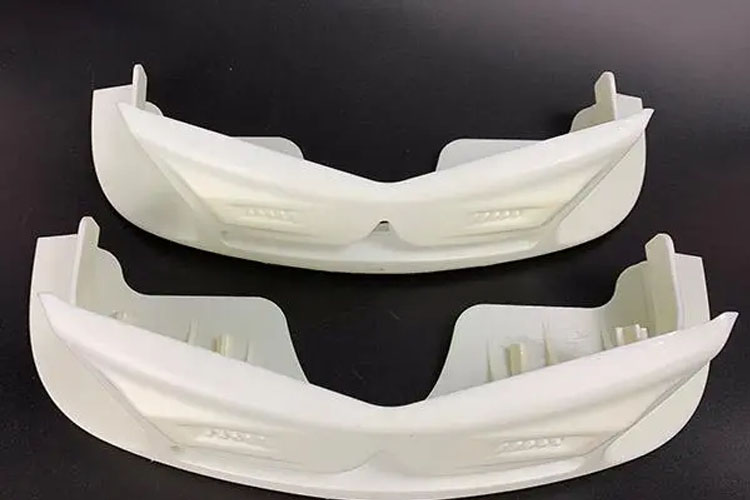Mold manufacturing and prototype design are one of the important application areas of industrial 3D printers
In the industrial field, mold manufacturing and prototyping are one of the important application areas of
industrial-grade 3D printers. The following is a detailed analysis of industrial 3D printer applications in mold manufacturing and prototyping:
1. Application in mold manufacturing
Rapid prototyping:
Shorten the cycle: 3D printing technology can quickly produce prototype molds, significantly shortening the design and development cycle than traditional methods, thereby speeding up product iteration.
Customized production: 3D printing can manufacture customized molds according to the needs of different products, without the need for large-scale production lines, to meet the needs of personalized and small batch production.
Complex shape manufacturing: 3D printing technology is good at manufacturing complex geometric shapes that are difficult to achieve with traditional processing methods, such as internal structures, cavities, etc., which may be necessary in some molds.
Improve production efficiency:
Reduce production steps: 3D printing can combine multiple manufacturing steps into one, reducing production time and processes and improving production efficiency.
Quick repair and replacement: When the mold is damaged, 3D printing can quickly repair or replace the damaged part, reducing downtime.
Optimized design and performance:
Integrated functions: 3D printing can integrate sensors, guide structures, markings and other functions into the mold to increase the intelligence and versatility of the mold.
Lightweight design: Optimize the design based on structural requirements to reduce material use, achieve lightweight molds, and reduce manufacturing costs and energy consumption.
Materials and Cost Effectiveness:
Diverse material selection: With the development of material science, 3D printing materials are constantly emerging. Appropriate materials can be selected according to mold needs to optimize performance.
Cost savings: 3D printing reduces material waste and costs, and at the same time can be manufactured according to demand, saving storage space.
2. Application in prototype design
Design verification and functional testing:
Model production: In industrial design, 3D printing technology can quickly produce prototypes of products for designers to conduct functional verification and review.
Performance testing: Through the prototype model, various performances of the product can be tested, including structural strength, human-machine relationship, etc., so that problems can be discovered and solved during the design stage.
Creative implementation and presentation:
Realization of complex shapes: 3D printing technology can easily realize the design of complex shapes and structures, providing designers with more creative space.
Intuitive display: Through 3D printed prototype models, design concepts and effects can be visually displayed to facilitate communication with customers or team members.
Education and training:
Teaching tools: In the field of education and training, 3D printing technology can be used to produce teaching models to help students better understand complex product structures and principles.
Practical operation: Through 3D printing technology, students can make prototype models by themselves and enhance their practical operation ability.
To sum up, mold manufacturing and prototyping are important application areas for industrial 3D printers. The application of 3D printing technology in these fields not only improves production efficiency and convenience of design verification, but also promotes the development of product innovation and personalized customization. With the continuous advancement of technology and the continuous expansion of application fields, it is believed that 3D printing technology will play a more important role in mold manufacturing and prototype design in the future.

